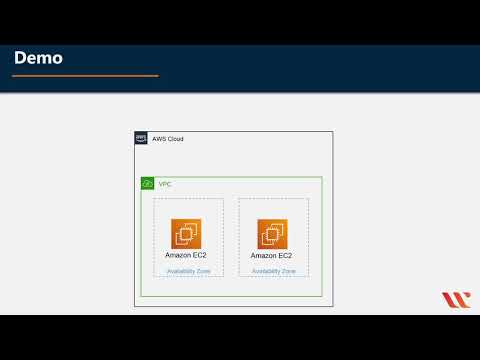What Is The Main Difference Between Application And Network Elb?
Application Load Balancer Vs Network Load Balancer Vs Classic Load Balancer | Aws Csaa | Whizlabs
Keywords searched by users: What is main difference between application and network ELB ALB vs NLB, Clb vs alb, ELB, Classic Load Balancer vs Application Load Balancer, Alb vs nlb vs glb, Aws create network load balancer, Elb aws documentation, Network load balancer health check
What Is The Main Difference Between Application Load Balancer And Network Load Balancer?
The primary distinction between an Application Load Balancer (ALB) and a Network Load Balancer (NLB) lies in their respective functionalities and the types of traffic they handle. An Application Load Balancer is specifically designed to route HTTP and HTTPS traffic, which are considered Layer 7 protocols in the OSI model. In contrast, Network Load Balancers, along with Classic Load Balancers, are employed for directing TCP traffic, corresponding to Layer 4 in the OSI model. To elaborate further, an Application Load Balancer excels at distributing web-based traffic, making it ideal for web applications and websites, as it can route requests based on application-level data such as URLs and cookies. Conversely, a Network Load Balancer operates at a lower network level, focusing on distributing TCP traffic without inspecting the application data, which makes it suitable for scenarios like load balancing TCP-based services such as databases or custom protocols where routing decisions are made based on IP addresses and ports. Understanding these differences is crucial for selecting the appropriate load balancing solution that aligns with your specific networking and application requirements.
What Is The Difference Between Application Load Balancer And Network Load Balancer In Azure?
Understanding the distinctions between an Application Load Balancer (ALB) and a Network Load Balancer (NLB) in Azure is crucial for effective load balancing in cloud computing. These load balancers operate at different layers of the OSI model, which is a framework that defines how different networking protocols function.
Firstly, the Application Load Balancer (ALB) operates at the Application Layer, specifically Layer 7 of the OSI model. This means it functions at the request level and has a deep understanding of application-specific protocols and content. It can make routing decisions based on HTTP headers, cookies, or other application-level attributes, making it ideal for scenarios where you need to distribute traffic for web applications or APIs.
On the other hand, the Network Load Balancer (NLB) operates at the Transport Layer, which is Layer 4 of the OSI model, working at the connection level. NLB focuses on routing traffic based on IP addresses and ports, making it suitable for scenarios where you need to evenly distribute traffic across multiple backend servers without deep inspection of the application layer. This makes NLB well-suited for TCP/UDP-based services like database connections or non-HTTP traffic.
In summary, the key difference between ALB and NLB in Azure lies in the OSI model layer at which they operate, with ALB handling application-specific routing at Layer 7 and NLB performing IP and port-based routing at Layer 4. Choosing the right load balancer depends on the specific needs of your application and the level of control and sophistication required for your traffic distribution.
Categories: Collect 34 What Is Main Difference Between Application And Network Elb
See more here: taomalumdongtien.net

Network, or Layer 4, load balancers can provide faster responses, as they forward requests without examining them. Application, or Layer 7, load balancers can provide greater overall efficiency, as they can send requests where they are most efficiently handled.Application Load Balancers are used to route HTTP/HTTPS (or Layer 7) traffic. Network Load Balancers and Classic Load Balancers are used to route TCP (or Layer 4) traffic.Key Differences: ALB vs NLB
OSI Layer: Application Load Balancer (as the name implies) works at the Application Layer (Layer 7 of the OSI model, Request level). Network Load Balancer works at the Transport layer (Layer 4 of the OSI model, Connection level).
Learn more about the topic What is main difference between application and network ELB.
- Application vs. network load balancing: What’s the difference?
- Load balancer types – Amazon Elastic Container Service
- AWS — Difference between Application load balancer (ALB …
- Create an Application Load Balancer – AWS Documentation
- OCI Load Balancer vs OCI NLB – Qiita
- Difference Between Network Layer Protocols and Application Layer …